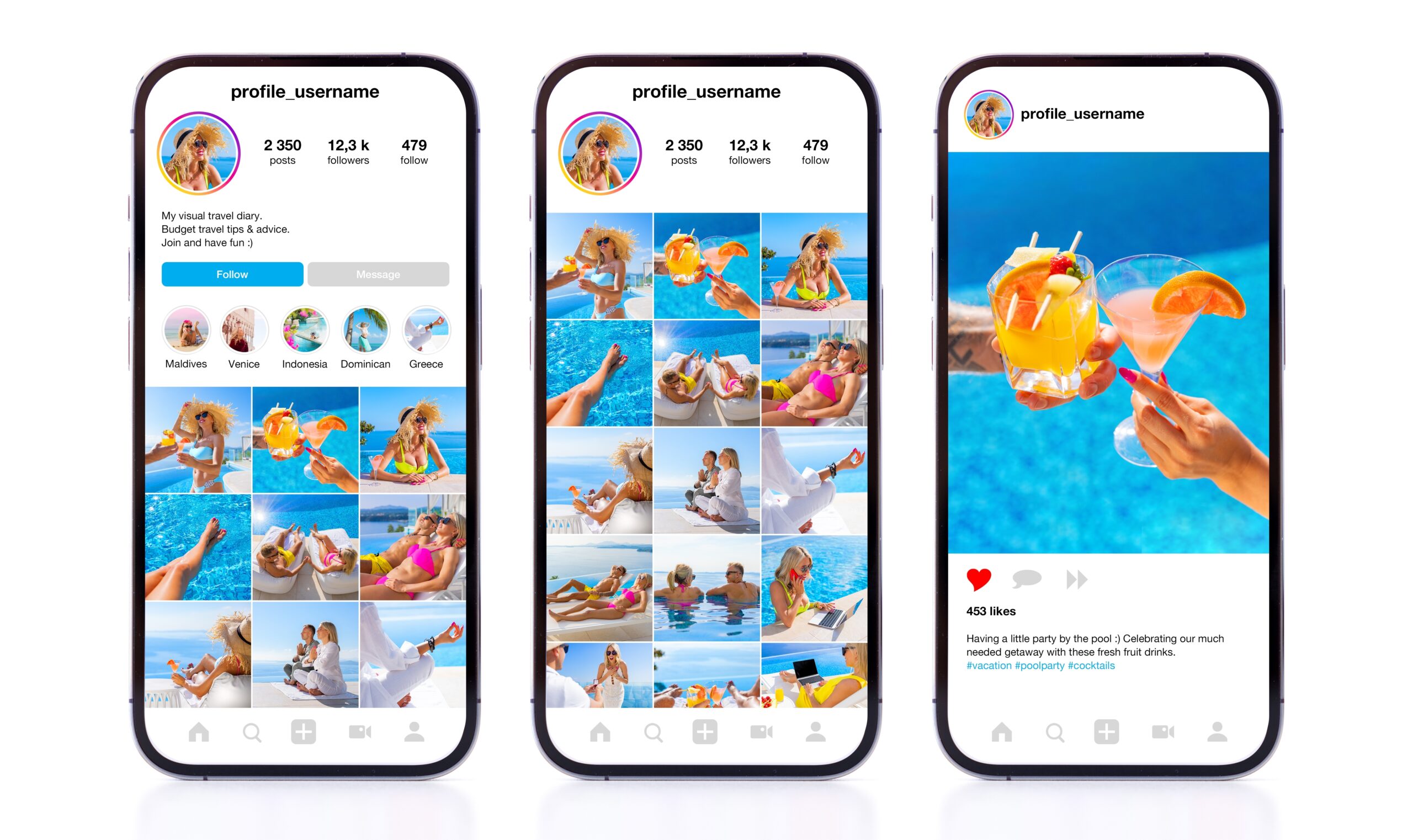
Mastering Google’s Search Generative Experience: A Comprehensive Guide for Businesses
1. Understanding Google's Search Generative Experience (SGE)
Google’s Search Generative Experience (SGE) is an AI-driven search model that changes how search results are generated and displayed. It uses advanced natural language processing technologies like RankBrain and BERT to deliver more relevant and contextual search results.
Key Components
1. RankBrain: RankBrain uses machine learning to help Google understand the meaning behind user queries, making it possible to provide more accurate and relevant search results.
2. BERT : BERT stands for Bidirectional Encoder Representations from Transformers. This model helps Google understand the nuances of language in search queries, enabling it to deliver more contextual results.
Enhancing User Experience
SGE improves user experience by:
- Providing multi-source summaries that combine information from various sources. This feature offers users comprehensive answers directly within the search results.
- Reducing the need for extensive web browsing as users get detailed responses right on the search page.
Implications for Businesses
For businesses, these advancements mean:
- There is an increased need to optimize content for better visibility in these AI-driven results.
- Focusing on high-quality, relevant content that aligns with user intent becomes crucial.
- Adapting to these changes can significantly enhance a business’s online presence in an ever-evolving digital landscape.
2. Key Features of SGE That Impact Businesses' Visibility in Search Results

Significant features introduced by Google’s Search Generative Experience (SGE) include the emphasis on above-the-fold results, FAQs, and custom follow-up questions. These elements enhance the user experience by providing immediate, relevant information without requiring users to scroll or navigate away from the search results page.
1. Above-the-Fold Content
SGE prioritizes displaying the most relevant information at the top of the search results page. This increased visibility can significantly impact click-through rates and engagement for businesses that manage to secure these prime spots.
2. FAQs and Custom Follow-Up Questions
By incorporating FAQs directly into search results, Google enables users to find answers quickly. Custom follow-up questions further refine searches, offering detailed responses tailored to user intent. For businesses, this means there’s an opportunity to address common queries and provide comprehensive answers directly within the search experience.
Understanding and leveraging these features are crucial. Effective use of above-the-fold content can ensure your business captures user attention immediately. Integrating FAQs and addressing potential follow-up questions within your content can enhance your visibility and authority in search results, improving traffic and conversions.
3. Optimizing Content Strategies for Google's Search Generative Experience
Creating high-quality, relevant content is essential for aligning with user intent. Addressing user queries comprehensively ensures your website stands out in Google’s Search
Generative Experience (SGE). Focus on:
1. Understanding User Intent
Conduct thorough keyword research to understand what users are actually searching for and tailor your content to answer those queries accurately.
2. Depth of Content
Provide detailed, well-researched information that goes beyond surface-level answers. This increases the likelihood of your content being featured in multi-source summaries.
Adopting a conversational tone makes your content more engaging and accessible.
Tips include:
- Use Simple Language: Avoid jargon and complex sentences. Write as if you’re having a conversation with the reader.
- Personalize Your Content: Use the second-person pronoun "you" to directly address readers, making the content feel more personal and relatable.
- Engage with Questions:Incorporate questions and answers within your content to mirror natural conversation, which can also align with how FAQs are displayed in SGE results.
By focusing on these strategies, businesses can enhance their visibility in Google’s search results through SGE.
4. Prioritizing Mobile-Friendliness and User Experience Design in SGE Optimization

Mobile optimization plays a crucial role in Google’s Search Generative Experience (SGE). With the increasing use of mobile devices for searches, it’s essential to ensure that your website is mobile-friendly.
Best Practices for Mobile Optimization and User Experience Design
- Responsive Design: Implement a responsive design that adapts to various screen sizes and orientations, providing a seamless experience across devices.
- Fast Loading Speeds: Optimize images, enable browser caching, and minimize code to enhance loading speeds, which is essential for retaining mobile users.
- Simplified Navigation: Use clear and concise menus with easily tappable buttons to improve navigation on smaller screens.
- Readable Content: Ensure text is legible without zooming by using appropriate font sizes and line spacings.
- Touch-Friendly Elements: Design touch-friendly elements, such as larger buttons and adequate spacing between clickable items, to enhance usability.
Designing with user experience in mind is key. A well-designed user interface not only attracts visitors but also keeps them engaged, leading to higher conversion rates. By prioritizing these aspects, businesses can significantly improve their visibility and performance in SGE.
5. Leveraging Structured Data Markup for Enhanced Visibility with Google’s Search Generative Experience
Structured data markup is a powerful tool that helps Google understand your website content. By incorporating schema markup, you enable search engines to display rich snippets that can significantly enhance your visibility in search results.
Key Benefits of Structured Data Markup
- Enhanced Understanding: Google uses structured data to comprehend the context of your content better.
- Rich Snippets: These visually appealing elements can include ratings, reviews, event dates, and more, making your listing stand out.
Implementing Schema Markup Effectively
Here are some guidelines to follow:
- Identify Relevant Schema Types: Use org to find the types that best match your content (e.g., Article, Product, Event).
- Consistent Application: Ensure schema markup is consistently applied across all relevant pages.
- Use Google’s Structured Data Testing Tool: Validate your markup to avoid errors and ensure proper implementation.
- Stay Updated: Regularly update your schema markup to align with new features and changes in Google’s algorithm.
Utilizing structured data markup enhances the way your content is displayed in Google’s Search Generative Experience, boosting both visibility and user interaction.
5.1 Monitoring Performance Metrics Post-SGE Implementation: Click-Through Rates (CTR) Analysis
Tracking click-through rates (CTR) is essential to gauge the effectiveness of your SGE optimization strategies. High CTR indicates that your content is engaging and relevant to users’ queries, directly impacting your search rankings and online visibility.
Key Tools for CTR Monitoring
- Google Search Console: Offers detailed insights into your site's performance, including CTR data.
- Ahrefs: Provides comprehensive metrics on organic traffic and keyword performance.
- SEMrush: Analyzes CTR along with other critical SEO metrics.
Investing in these tools helps you monitor trends and make informed adjustments to optimize your content strategy.
5.2 Adapting Marketing Approaches in Response to AI-Generated Answers from Google’s Search Generative Experience
As AI-generated answers become more prevalent in search results, businesses must rethink their marketing strategies to stay relevant. Key adjustments include:
- Focusing on High-Quality Content: It's crucial to invest in creating detailed, authoritative content that AI can draw from. This is essential for digital marketing for new websites.
- Emphasizing Long-Tail Keywords: Targeting specific queries that users might ask can help capture niche traffic.
- Leveraging First-Party Data: Insights from your own analytics can be used to refine and personalize marketing campaigns. This is particularly useful when implementing strategies such as email marketing.
- Enhancing Brand Presence: Building a strong brand presence across multiple channels ensures visibility beyond just search results. This could involve strategies like outsourcing social media management to enhance brand visibility.
These steps are vital in maintaining visibility amidst the shifting landscape of search queries dominated by AI-generated responses. Additionally, conducting a thorough SEO report can provide valuable insights into optimizing your online presence further.
5.3 Staying Informed About Google Algorithm Updates Relevant to SEO Practices with SGE Considerations
Keeping up with Google algorithm updates related to SGE is crucial for maintaining effective SEO strategies. These updates can significantly impact how your content ranks in search results. Businesses should:
- Regularly review Google's official announcements and industry reports.
- Participate in SEO forums and communities for real-time insights.
- Use tools like Google Search Console to monitor changes in website performance.
Understanding these updates helps you adapt quickly, ensuring your content remains visible and relevant in the evolving landscape of Google’s Search Generative Experience.
6. The Future of Search: How Google’s Search Generative Experience Can Help Businesses Grow
Mastering Google’s Search Generative Experience is about more than keeping pace. It’s about seizing new opportunities for growth. Leveraging AI technology within digital strategies, such as those offered by Backstage Digital, a top digital marketing agency in Texas, can unlock significant potential:
- Enhanced User Engagement: Tailoring content to meet user intent increases satisfaction.
- Competitive Advantage: Early adopters of SGE can set themselves apart in crowded markets.
- Innovative Marketing Tactics: Utilize AI-driven insights to refine and personalize marketing efforts.
Adapting to future trends in search with SGE ensures businesses remain relevant and competitive, paving the way for sustainable growth.






























